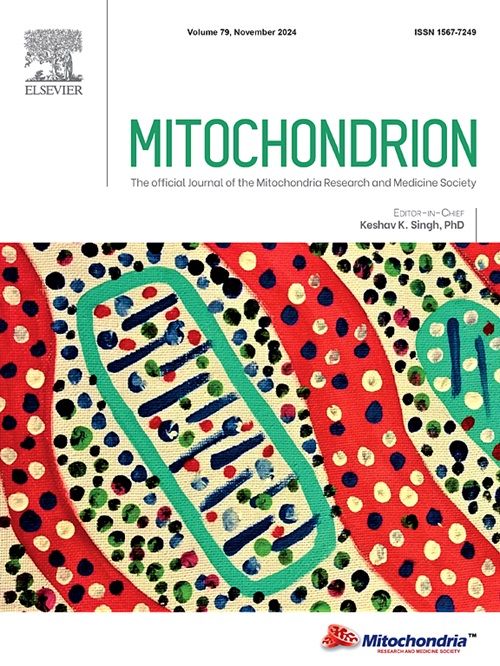The compound XueShuanTong promotes podocyte mitochondrial autophagy via the AMPK/mTOR pathway to alleviate diabetic nephropathy injury
IF 4.5
3区 生物学
Q2 CELL BIOLOGY
引用次数: 0
Abstract
The study aimed to elucidate the molecular mechanisms underlying the protective effects of Compound Xueshuantong (CXst) in the context of diabetic nephropathy (DN), a major cause of kidney failure driven by podocyte injury and metabolic dysfunction. Given the critical role of the AMPK/mTOR signaling pathway in regulating cellular energy balance, autophagy, and mitochondrial health, we focused on its involvement in podocyte function and how it might be influenced by CXst. Through a series of experiments, we found that CXst treatment led to the upregulation of key proteins involved in autophagy, such as LC3 and p62, as well as proteins critical for mitochondrial function, like PGC-1α. These molecular changes helped to counteract the damaging effects of high glucose levels on podocytes, which are central to maintaining the filtration function of the kidneys. Additionally, CXst’s ability to modulate the AMPK/mTOR pathway was shown to be a pivotal factor in its protective effects, as inhibition of AMPK significantly reduced these benefits. This comprehensive study provides strong evidence that CXst exerts its protective effects against DN by modulating the AMPK/mTOR pathway, thus preserving podocyte integrity and function. These findings suggest that CXst could be a promising candidate for the development of new therapeutic strategies for the treatment of DN, offering hope for better management of this challenging condition.
复方血栓通通过AMPK/mTOR通路促进足细胞线粒体自噬,减轻糖尿病肾病损伤。
本研究旨在阐明复方血栓通(CXst)对糖尿病肾病(DN)保护作用的分子机制,糖尿病肾病是由足细胞损伤和代谢功能障碍引起的肾衰竭的主要原因。鉴于AMPK/mTOR信号通路在调节细胞能量平衡、自噬和线粒体健康方面的关键作用,我们关注其参与足细胞功能以及它如何受到CXst的影响。通过一系列实验,我们发现CXst处理导致参与自噬的关键蛋白上调,如LC3和p62,以及对线粒体功能至关重要的蛋白,如PGC-1α。这些分子变化有助于抵消高葡萄糖水平对足细胞的破坏性影响,足细胞是维持肾脏过滤功能的核心。此外,CXst调节AMPK/mTOR通路的能力被证明是其保护作用的关键因素,因为AMPK的抑制显著降低了这些益处。这项全面的研究提供了强有力的证据,证明CXst通过调节AMPK/mTOR通路发挥其对DN的保护作用,从而保持足细胞的完整性和功能。这些发现表明,CXst可能是开发新的DN治疗策略的有希望的候选者,为更好地管理这一具有挑战性的疾病提供了希望。
本文章由计算机程序翻译,如有差异,请以英文原文为准。
求助全文
约1分钟内获得全文
求助全文
来源期刊

Mitochondrion
生物-细胞生物学
CiteScore
9.40
自引率
4.50%
发文量
86
审稿时长
13.6 weeks
期刊介绍:
Mitochondrion is a definitive, high profile, peer-reviewed international research journal. The scope of Mitochondrion is broad, reporting on basic science of mitochondria from all organisms and from basic research to pathology and clinical aspects of mitochondrial diseases. The journal welcomes original contributions from investigators working in diverse sub-disciplines such as evolution, biophysics, biochemistry, molecular and cell biology, genetics, pharmacology, toxicology, forensic science, programmed cell death, aging, cancer and clinical features of mitochondrial diseases.
 求助内容:
求助内容: 应助结果提醒方式:
应助结果提醒方式:


